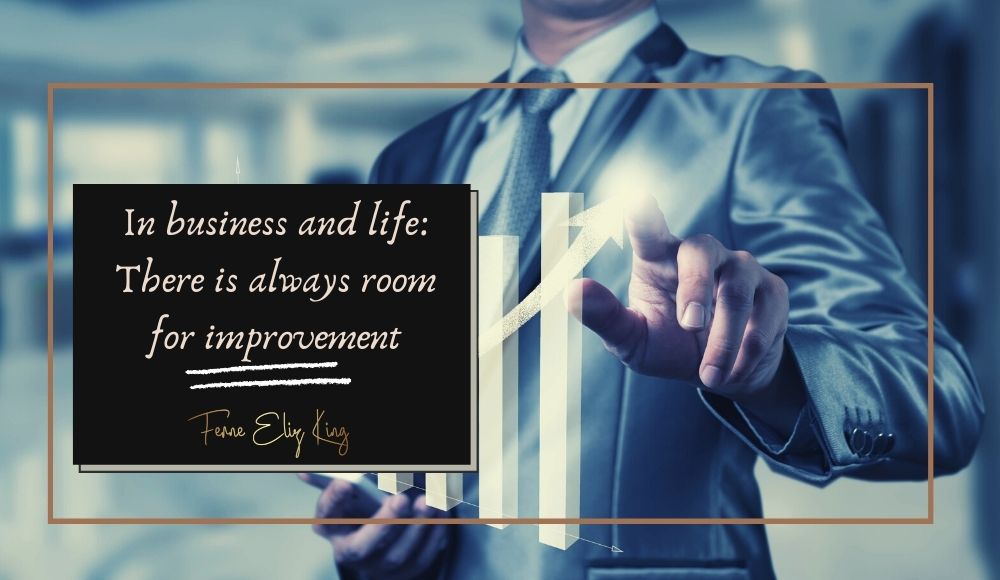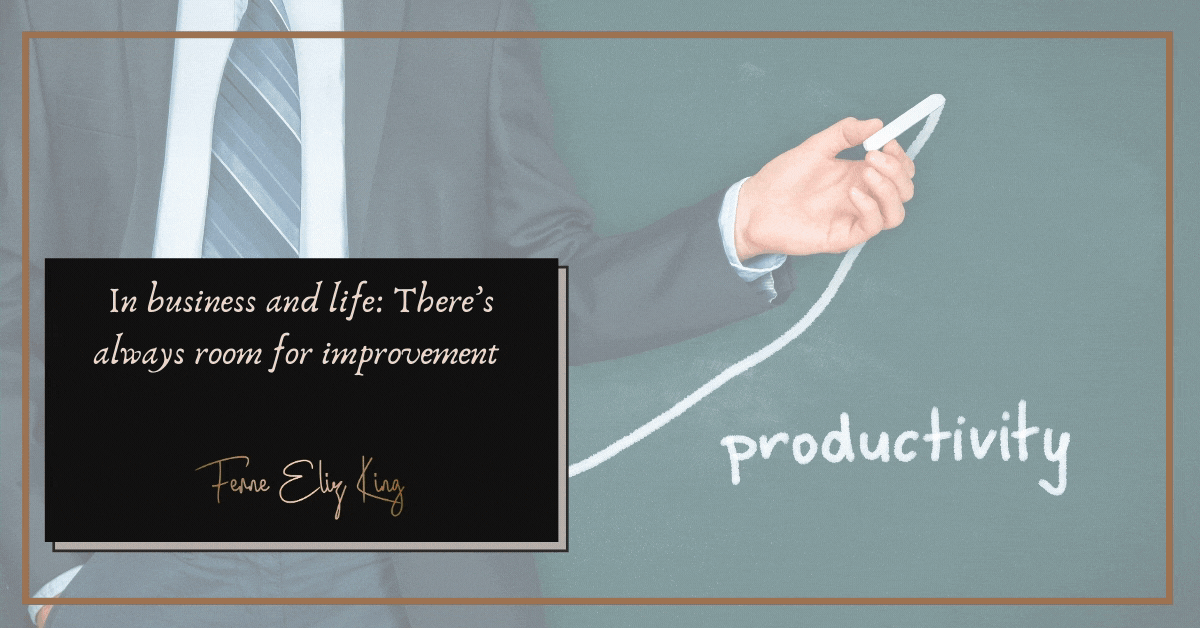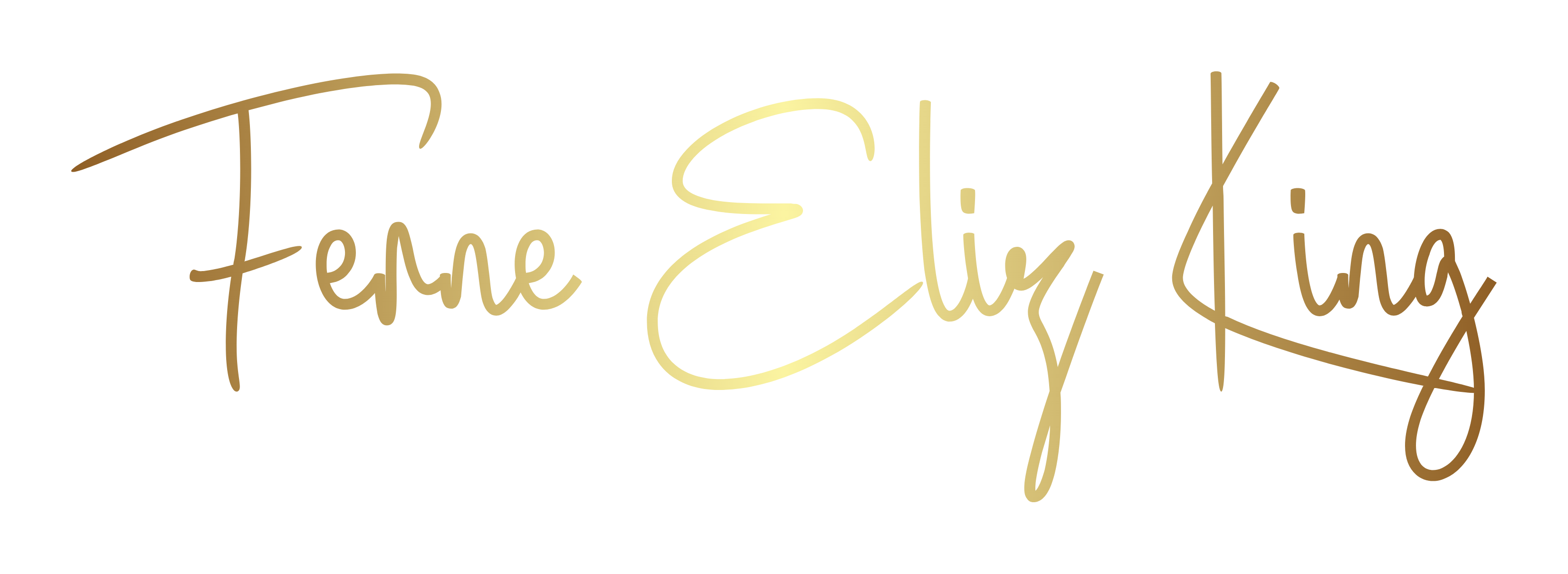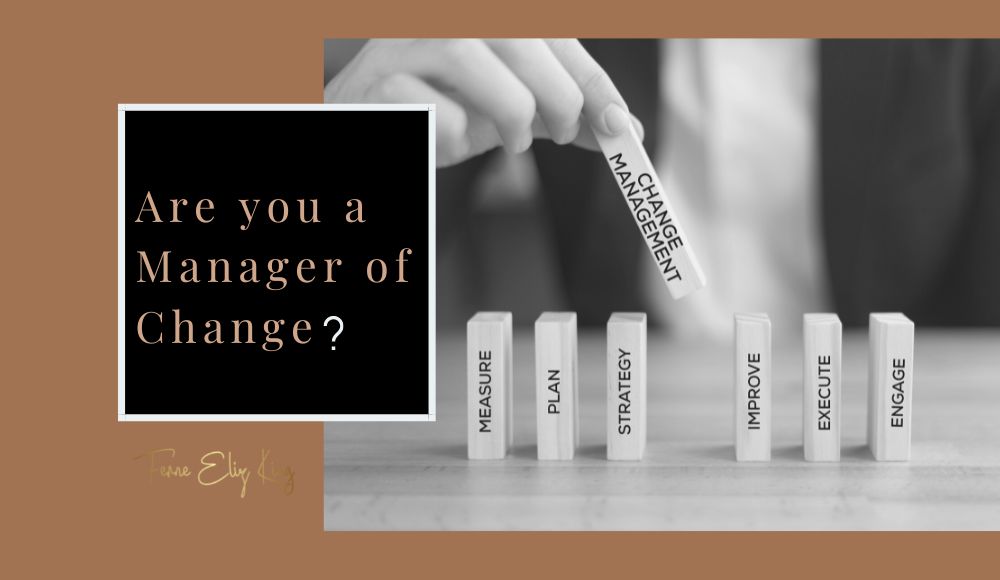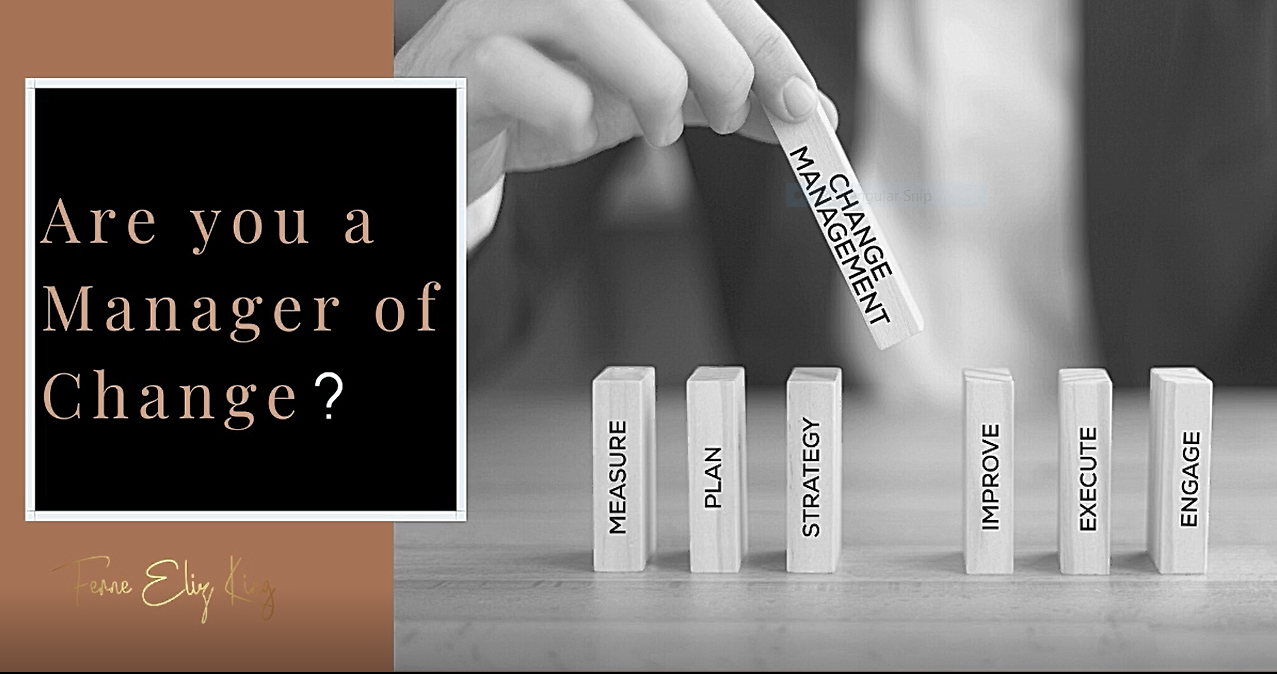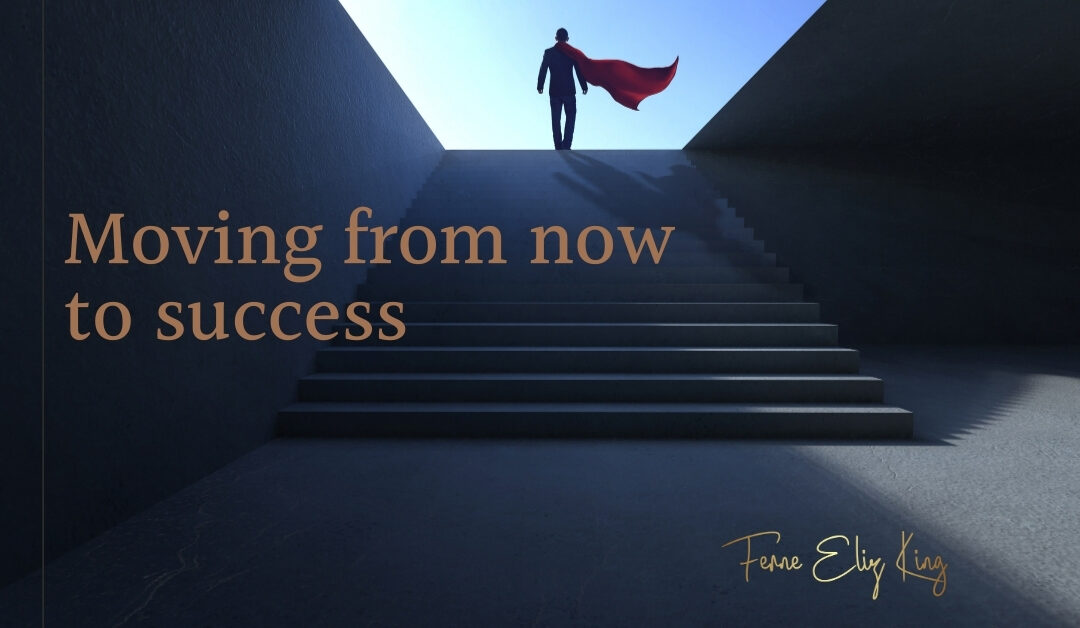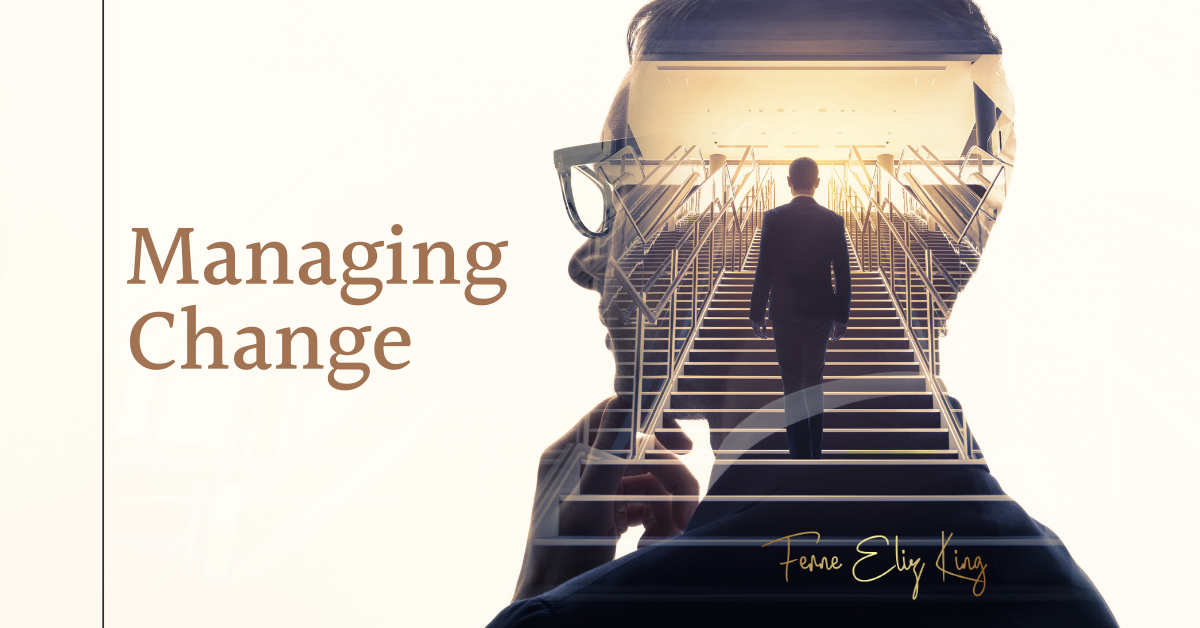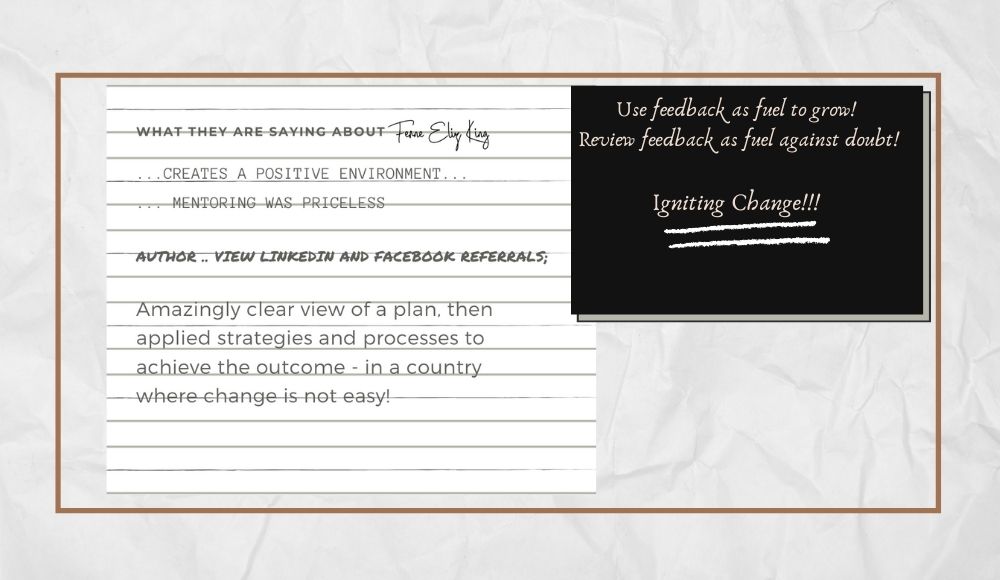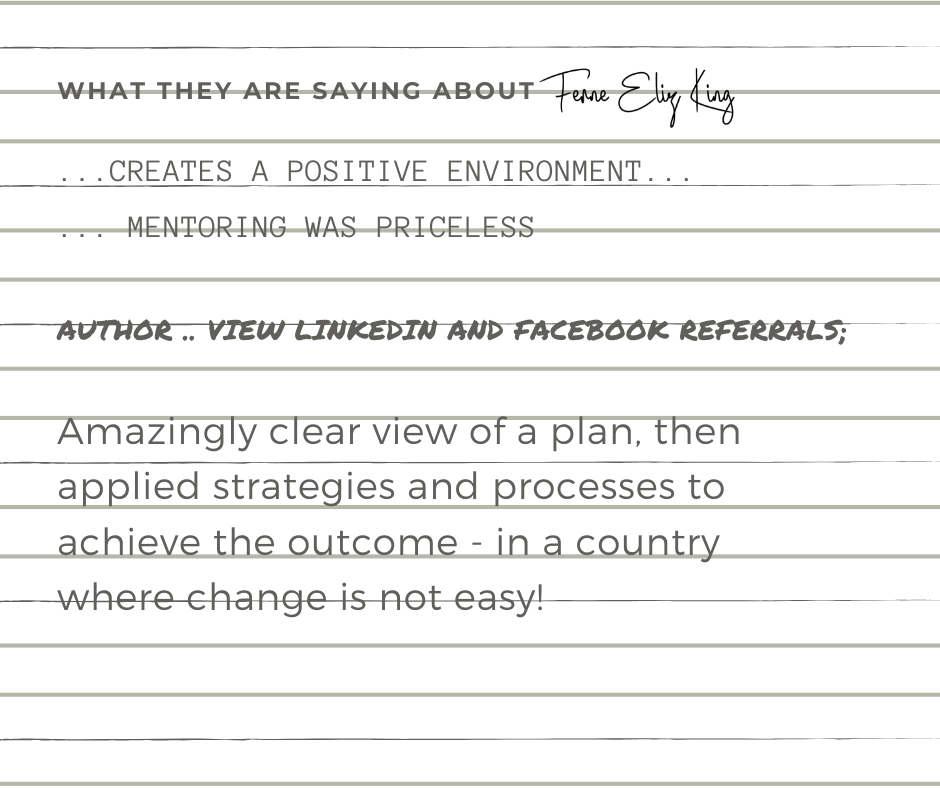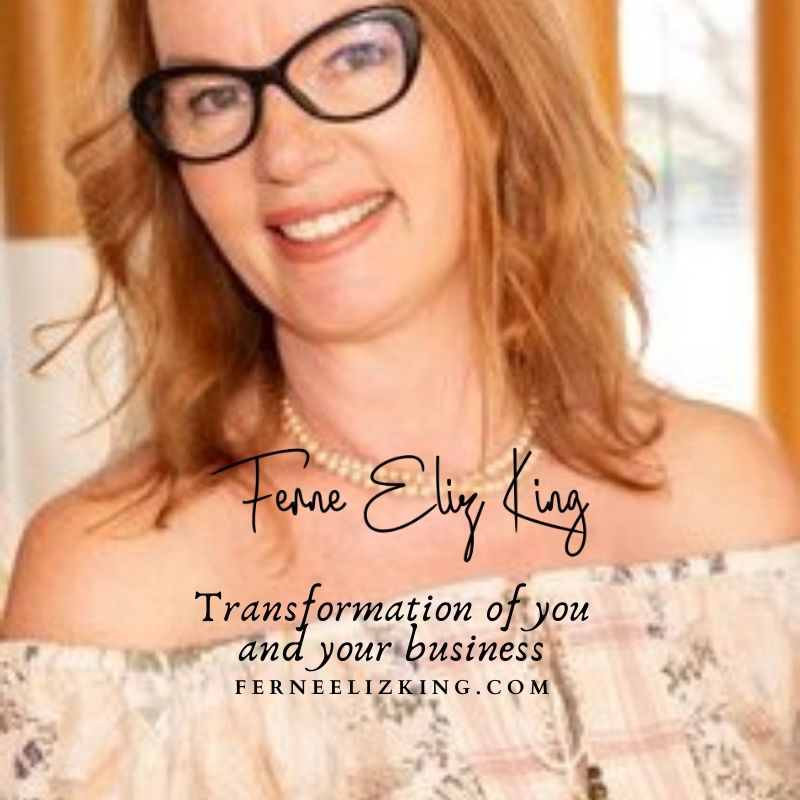Managing Change – a must read if you have this role.
Evolving with the times is essential for business longevity but change is a delicate thing to navigate. It is often received poorly by employees and can cause major disruptions and low morale. Intricate planning of change is vital for quick reception and success.
Unfortunately managing change (and all those that are affected) does not always come naturally to many in management roles. Leading a successful change program, or as is the recommendations today of smaller change increments, involves strong planning, comprehension, communication, listening and people skills. Management need to comprehend the perspective of all affected stakeholders and be prepared to support them through the transition.
When done properly a leader will achieve loyal and motivated staff. This guide will support management when approaching change with employees and help foster trust and motivation.
Define and Plan
Articulate the Outcome and Benefit
Too many times leaders do not communicate a change until they understand the how, mistake number 1. Articulate the outcomes, goals, benefits and drivers for the change early, discuss how you foresee the transition to the new model (gradual or instant). Even if you are not 100% of the how – but you are sure on the goal. By communicating early you build trust, people will get behind the goal and engage on the drivers and benefits. They will plan their day to day and week to week based on the knowledge of those goals. Change is realised at a more rapid pace when leadership spend more time on the outcome, goals, drivers and benefits and strongly articulate those vs keeping the change under wraps in a project team until an end to end plan is established. Articulate goals early, be consistent across leaders in your business, hand choose a few influencers and bring them into the conversation. Above all .. listen.
Be Sensitive To Your Employees Bottom Line
With change comes uncertainty. When you prepare to have the conversation with your employees understand the main concern will be how the change will directly impact them. Anticipate some of the questions you might be asked and address them during the discussion. People often naturally look for the negative (unfortunately). Consistently refer to the positive, even if there is hardship involved in the journey. Respect people and they will trust in return.
During the adjustment period it is your role to support your employees to comprehend and accept the change. Be available for conversations and be sure to adopt practices to show appreciation and support strong morale. Prepare for mistakes and slower productivity to begin with. Efficiency will quickly improve under a supportive and patient leadership. Conduct a regular temperature check across the impacted areas. Think of innovate ways to get the message across to the masses in an authentic way.
Set Clear Goals
Develop achievable goals for each individual or department (depending on the scale of the business). Effectively communicating the transition from point A to point B setting clear and achievable goals during the transition – then the future state. Empower your employees, giving them a sense of purpose in the vision which is necessary to accelerate your change. Be as forthright as possible about the motivation behind the change. Building trust is key.
What about the plan?
Factors and considerations in your environment and culture determine what project management methodology you apply to achieve your outcomes. Whether you are applying waterfall methodology, agile methodology, eXtreme programming (XP) methodology, adaptive project framework (ADF) methodology, lean methodology, Srumban methodology or a hybrid.. change is an integral part and should be embedded in the skills of all lead roles.
To enable clear articulation of the goal and then followed by the design detail change needs to be embedded in the conversations from the beginning, not just brought in when the design is finalised. It is way too late at that stage to engage effectively with your people.
Produce a ‘goal on a page’ and get that out to your leaders and influencers early, be prepared for it to show up across the organisation. Articulate the essence of the change, be clear on what it will not solve for.
Each time you communicate more detail of the change journey, hook the story to a goal or outcome the business is driving towards. People do not care how many ‘projects’ or scrum teams you have to solve for issues and opportunities, they want to know if you have thought about the sequencing and how the improvements collectively come together to improve their experience and ability to drive value to customers.
Know The Dynamics Of Your Employees
Your employees are diverse in their personalities, strengths, and shortcomings. Your team’s dynamics will be unique to that of any other and it will benefit your change journey to understand yours. Who are the natural leaders in your team, the ones that are well liked and respected by their peers – influencers? Get these employees involved first. Have them understand and feel positive about the change as they will be a positive influence on the rest of the team and aid management to gauge how the change is being received.
Set New Performance Objectives
With new outcomes and goals there will be new actions to achieve them. Guarantee that all employees understand their new role and how they will be evaluated and allow ample time for individuals to learn and operate before setting performance appraisals. Motivation is key.
Implement and Sustain
Set the Expectation that Change is Inevitable
Upon employment, in conversations, messaging and meetings ensure clarity of the prioritisation journey .. get the basics right, sustain, diversify, growth, what are the priorities? Communicate a goal of continual improvement to the value proposition in the market which means a culture of continually driving for efficiencies and opportunities.
Be authentic & keep and eye on the transition state
There will be times when the change is going to have a negative impact on some employees. If this is the case, acknowledge it, state the facts and the circumstances as to why the change needs to occur. Have some leaders focused on the new ways of working, have other leaders focused on the transition. Too many times we align all the leaders to the future state, no one to the transition, the people most impacted are left alone and confused and others who are staying on see this and become disengaged to the leadership and vision. Treat the management of transition state as critically as the future state.
Celebrate Previous Achievements
Sometimes change involves placing another project on hold. Recognise that the individuals and teams working on these projects will have frustrations that they will not complete a task they have worked hard on. Appreciate the work they have done, acknowledge their frustrations and endeavour to give them a new purpose.
Listen and Understand
It is natural for employees to have a lot of thoughts and questions about the change. Leaders must make time to actively listen, interpret, consider, and respond to points made by employees. Patience, courtesy and honesty are a virtue, even if you are having to repeat questions or concerns. If you are unable to answer a question raised, commit to finding one promptly.
Patience, patience, and some more patience.
When the employees are instructed, some will fear, uncertainty and doubt that they will need to process, and each will move through this at their own pace, you will have others that will transition quickly to the new future and wish to embrace and not wait for others to catch up. Provide options – lean into the transition leadership if you are struggling or have open questions, if you want to immerse yourself in the new ways of working lean into the leadership structure that is supporting future state. Then at the right time you bring the transition and future state together as one.
Nip Negativity In The Bud
Employees should be given a small grace period to comprehend and accept change but once it is underway it is important to identify any employees that are demonstrating resistance to address them promptly, in some cases they just need further guidance and support, in other cases you must be more firm in your approach. A negative attitude is contagious and allowing it to spread will be detrimental to the change that needs to occur. Too many times we give 80% of our energy to the negative, vs 20% effectively deal to the downside and 80% time and effort to the upside.
Create Short Term Goals and Celebrate them
The end result can seem like a long way off at the beginning of a change journey, which can be discouraging and daunting for employees. Set short term goals along the way to reaching the vision and celebrate when each has been achieved.
An appreciated employee is a productive employee.
Change is never easy and can cause stress and anxiety in employees and management alike. The more time you spend ensuring consistency and clarity on the outcomes and the right amount of time on the planning to achieve it along with being authentic the smoother the transition will be.
Ferne Eliz King
Love Life Love YOUR Life
